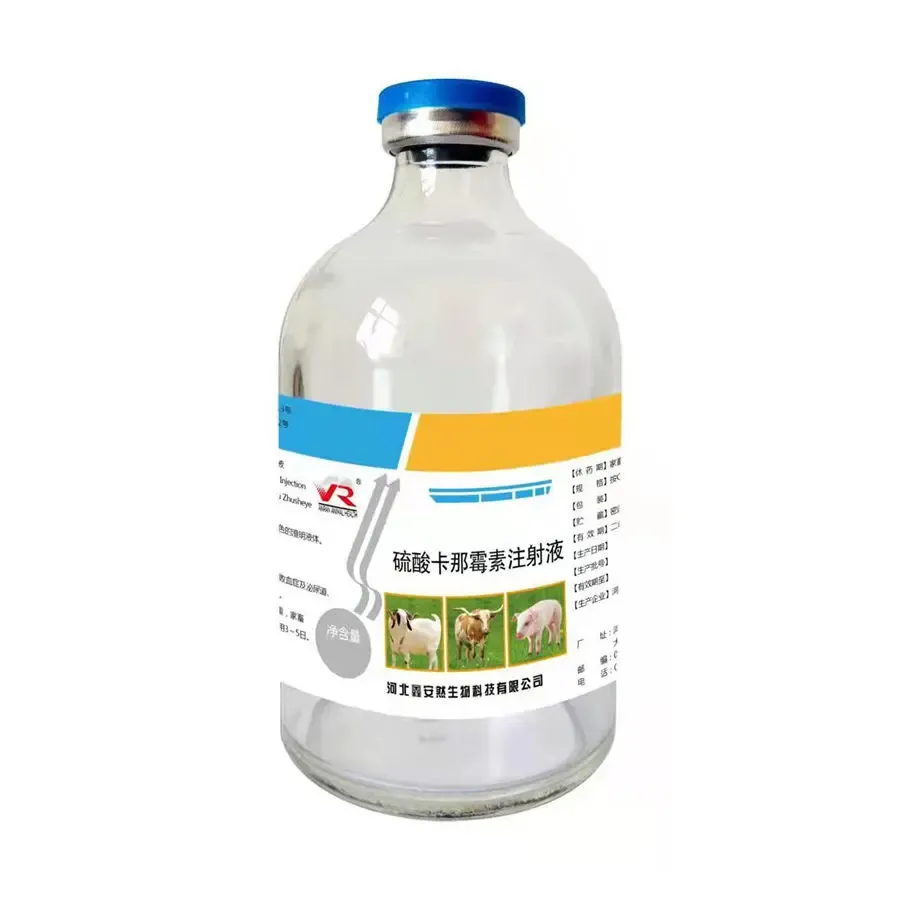- Afrikaans
- Albanian
- Amharic
- Arabic
- Armenian
- Azerbaijani
- Basque
- Belarusian
- Bengali
- Bosnian
- Bulgarian
- Catalan
- Cebuano
- Corsican
- Croatian
- Czech
- Danish
- Dutch
- English
- Esperanto
- Estonian
- Finnish
- French
- Frisian
- Galician
- Georgian
- German
- Greek
- Gujarati
- Haitian Creole
- hausa
- hawaiian
- Hebrew
- Hindi
- Miao
- Hungarian
- Icelandic
- igbo
- Indonesian
- irish
- Italian
- Japanese
- Javanese
- Kannada
- kazakh
- Khmer
- Rwandese
- Korean
- Kurdish
- Kyrgyz
- Lao
- Latin
- Latvian
- Lithuanian
- Luxembourgish
- Macedonian
- Malgashi
- Malay
- Malayalam
- Maltese
- Maori
- Marathi
- Mongolian
- Myanmar
- Nepali
- Norwegian
- Norwegian
- Occitan
- Pashto
- Persian
- Polish
- Portuguese
- Punjabi
- Romanian
- Russian
- Samoan
- Scottish Gaelic
- Serbian
- Sesotho
- Shona
- Sindhi
- Sinhala
- Slovak
- Slovenian
- Somali
- Spanish
- Sundanese
- Swahili
- Swedish
- Tagalog
- Tajik
- Tamil
- Tatar
- Telugu
- Thai
- Turkish
- Turkmen
- Ukrainian
- Urdu
- Uighur
- Uzbek
- Vietnamese
- Welsh
- Bantu
- Yiddish
- Yoruba
- Zulu
វិច្ឆិកា . 09, 2024 02:29 Back to list
Dosage Guidelines for Amoxicillin Injections in Canine Patients
Amoxicillin Injection Dosage for Dogs A Comprehensive Guide
Amoxicillin, a broad-spectrum antibiotic belonging to the penicillin family, is widely used for treating bacterial infections in dogs. Its efficiency in combating a range of pathogens makes it a vital tool in veterinary medicine. However, administering the correct dosage is essential to ensure both the effectiveness of the treatment and the safety of the animal. This article aims to provide a detailed overview of amoxicillin injection dosage for dogs, including indications, dosage guidelines, and important considerations.
Indications for Use
Amoxicillin is commonly prescribed for various bacterial infections in dogs, including but not limited to
1. Skin Infections Conditions such as pyoderma, which occur due to bacteria entering the skin through cuts or irritations. 2. Respiratory Infections Including pneumonia or bronchitis, where bacterial pathogens impair lung function. 3. Urinary Tract Infections (UTIs) It effectively treats infections of the urinary system that can cause discomfort and health complications. 4. Gastrointestinal Infections It can be used to manage bacterial infections in the digestive system. 5. Dental Infections Amoxicillin can also be prescribed following dental procedures to prevent or treat infections.
Dosage Guidelines
The dosage of amoxicillin can vary based on several factors, including the severity of the infection, the dog's weight, and overall health status. Generally, the recommended dosage for dogs is as follows
- Standard Dosage The typical amoxicillin dosage for dogs is approximately 5 to 10 mg per kilogram of body weight. This dosage can be administered every 12 to 24 hours, depending on the type and severity of the infection.
- Injection Form Amoxicillin is often available in an injectable form, which may be preferred in cases where oral administration is challenging or when rapid absorption is necessary
. The injectable form usually allows for higher concentrations of the drug to enter the bloodstream quickly.- Duration of Treatment The length of treatment typically ranges from 5 to 14 days. It's crucial to complete the entire course of the antibiotic to prevent the development of antibiotic resistance, even if symptoms improve before the treatment is finished.
amoxicillin injection dosage for dogs

Administration and Safety Precautions
When administering amoxicillin injections
1. Veterinary Supervision Always consult with a veterinarian before starting treatment. They can prescribe the appropriate dosage and formulation based on your dog's specific needs.
2. Injection Technique If instructed to administer the injection at home, ensure you are comfortable with the technique. Clean the injection site, prepare the medication according to instructions, and monitor the dog for any adverse reactions.
3. Side Effects While amoxicillin is generally safe, some dogs may experience side effects, including gastrointestinal upset (diarrhea, vomiting), allergic reactions, or lethargy. If any severe reactions occur, such as difficulty breathing or swelling, seek immediate veterinary attention.
4. Drug Interactions Inform your veterinarian about any other medications or supplements your dog is taking, as amoxicillin can interact with certain drugs, reducing their effectiveness or increasing the risk of side effects.
Alternatives to Consider
In cases where a dog is allergic to penicillin or experiences adverse effects from amoxicillin, veterinarians may recommend alternative antibiotics such as cephalexin or clindamycin. Each antibiotic has its own spectrum of activity, and the choice will depend on the type of bacteria causing the infection.
Conclusion
Amoxicillin is a powerful antibiotic that can effectively treat various bacterial infections in dogs when prescribed and administered correctly. Understanding the appropriate dosages, administration techniques, and potential side effects are crucial aspects of ensuring the health and well-being of your canine companion. Always work closely with your veterinarian to tailor the treatment to your dog's unique needs and monitor their progress throughout the course of therapy. By doing so, you can help your furry friend regain their health safely and effectively.
-
Guide to Oxytetracycline Injection
NewsMar.27,2025
-
Guide to Colistin Sulphate
NewsMar.27,2025
-
Gentamicin Sulfate: Uses, Price, And Key Information
NewsMar.27,2025
-
Enrofloxacin Injection: Uses, Price, And Supplier Information
NewsMar.27,2025
-
Dexamethasone Sodium Phosphate Injection: Uses, Price, And Key Information
NewsMar.27,2025
-
Albendazole Tablet: Uses, Dosage, Cost, And Key Information
NewsMar.27,2025













